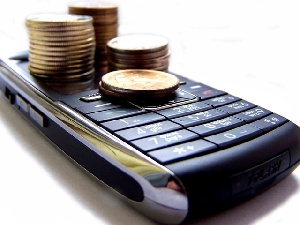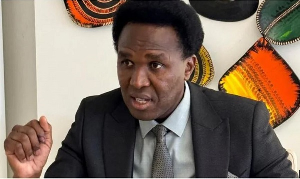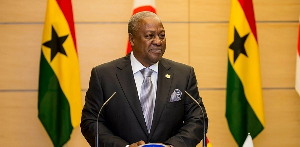The total value of all transactions made on the mobile money networks has topped GH¢37.07 billion as at July this year, representing more than 118 percent growth in value since July 2015.
The growth in the value of transactions is also matched by a similar rise in the numberof mobile transactions over the given period – rising from 132.5 million to about 265.2 million transactions, a 100 percent jump.
According to the Second Deputy Governor of the central bank, Dr. Johnson Asiama, “these impressive results are attributed to the passage of the Electronic Money Issuers Guidelines by the Bank of Ghana, which has created an enabling regulatory environment for digital financial services.”
Mobile money has over the years seen great patronage since its inception in 2009. Rising in value, volume and registered customers, the service is now recorded to have a quantum increment in registered users.
According to the Bank of Ghana’s latest report on the mobile money sector, between last year July and July, 2016, registered mobile money subscribers increased from 10.4 million to 17.2 million, while active subscribers shot up to more than 5.3 million.
Dr. Asiama, speaking at the 6th Annual General Meeting of the Ghana Association of Savings and Loans Companies, said the mobile finance industry has led to a leap of financial inclusion in many economies globally adding that, “mobile money services are experiencing extraordinary growth, with Africa reported to be leading the world in using mobile platforms for financial service transactions.”
The patronage of mobile money continues to gain high patronage as the various mobile networks compete with each other to make their customers satisfied. This has also reflected in the total value of float this year, with a 93percent increase – from GH¢363.7 million in July last year to about GH¢703.6 million in July this year.
With the presence of more than 20 savings and loans companies, more than 30 banks and over 500 microfinance companies in the country, the percentage of Ghanaian population with formal banking access now stands more than 50percent with about 952 bank branches.
But Dr. Asiama said, “We are seeing an increasing collaboration between banks and non-bank institutions such as telcos and financial technology firms for financial service delivery. Products arising from these collaborations include savings, insurance, remittance and investment products. Hence there is no doubt that technology is promoting innovative financial products and a more inclusive financial system.”
He also added that the central bank has initiated the process to review the e-money issues and agents’ guidelines to ensure that the benefits of digital finance are fully realized. “The draft regulation has been sent to all banks for comments and copies can also be accessed on the bank’s website.”
Dr. Asiama urged GHASALC to submit comments on the regulation to enable the regulator evolve an enabling legal framework.
“Digital finance is a revolution; not an option, especially to a financial institution. Let us therefore embrace it to promote financial inclusion, save cost and remain in business,” he said.
The Deputy Governor emphasized that the future of financial service delivery is going to be driven by technology. “In recognition of the enormous benefits of this emerging trend, we as regulators are working to position the country to harness technology for a safe, sound and efficient financial sector through the promotion of innovative financial products without risking the stability of the financial system,” he added.
Click to view details



Business News of Thursday, 27 October 2016
Source: B&FT
Mobile Money sees 118% growth
Entertainment
















